10 Daily Movements That Keep You Strong and Independent
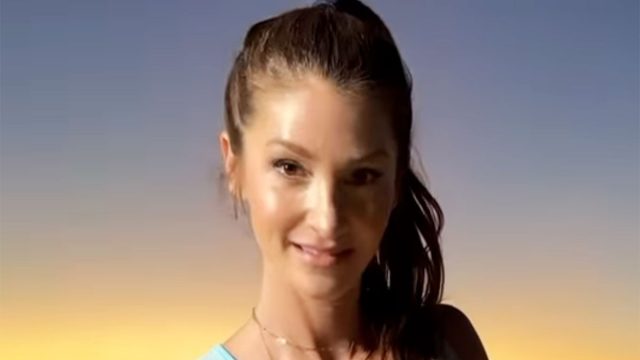
Do you want to keep your body strong, mobile, and independent? You don't need a gym membership or fancy equipment to do it. Celebrity trainer Jenna Willis (aka Camila Cabello's fitness guru) is currently training Bravolebrities Lala Kent and Kristen Doute and will be featured in the upcoming season of Bravo's The Valley, premiering April 15. She recently spoke to Body Network and revealed some key movements for longevity. "Here are some of my favorite exercises I utilize with my online clients that are only bodyweight and can be done anywhere any time," she says. "They're a little more fun than just the standard deadlifts and squats and target the entire body!" She recommends performing 10 to 15 reps for each exercise, 3 rounds.
Sit-to-Stand with Heel Lift
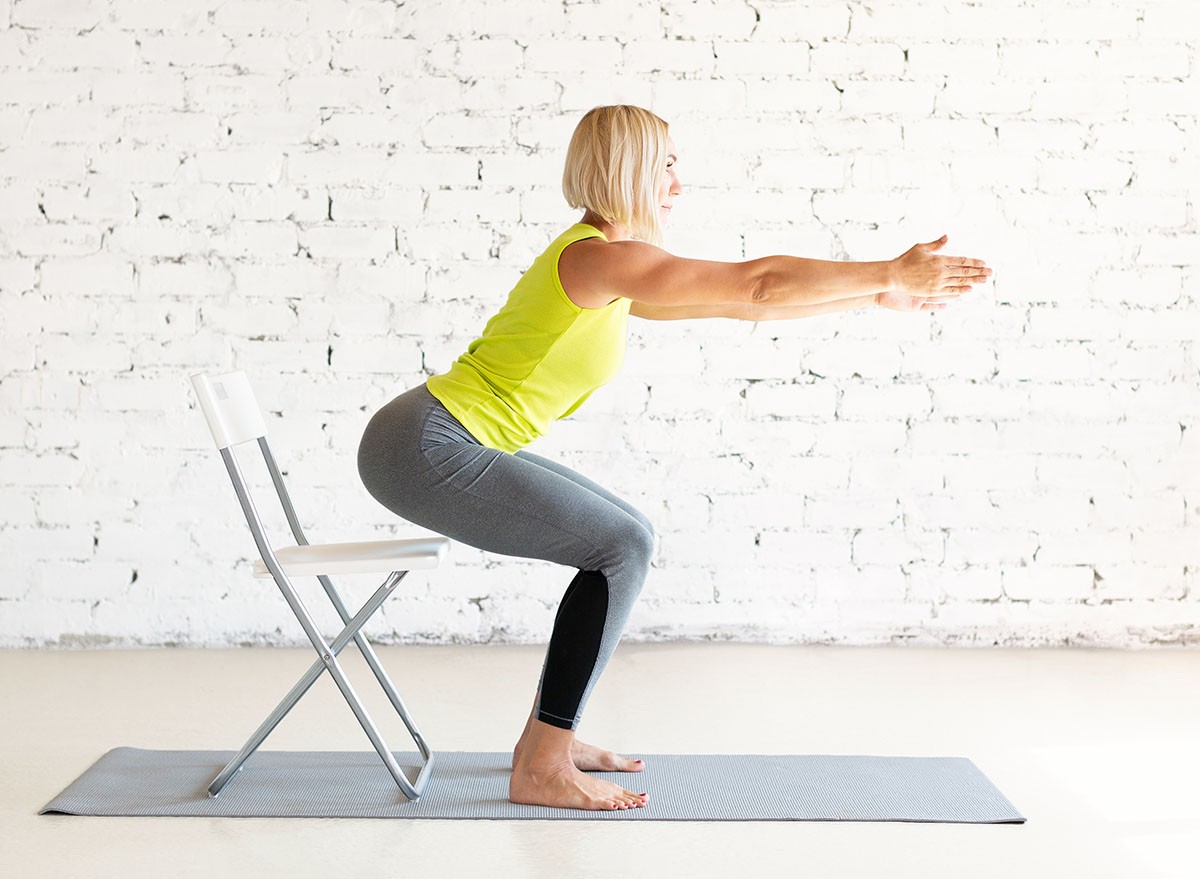
- Sit in a chair (or sit back to an air squat), feet hip-width apart.
- Stand up without using hands, then lift your heels at the top.
- Lower heels, then sit back down.
RELATED: 5-Minute Walking Workouts for Women Over 40 to Burn Fat at Home
Wall Push-Away Press/Incline Push-up
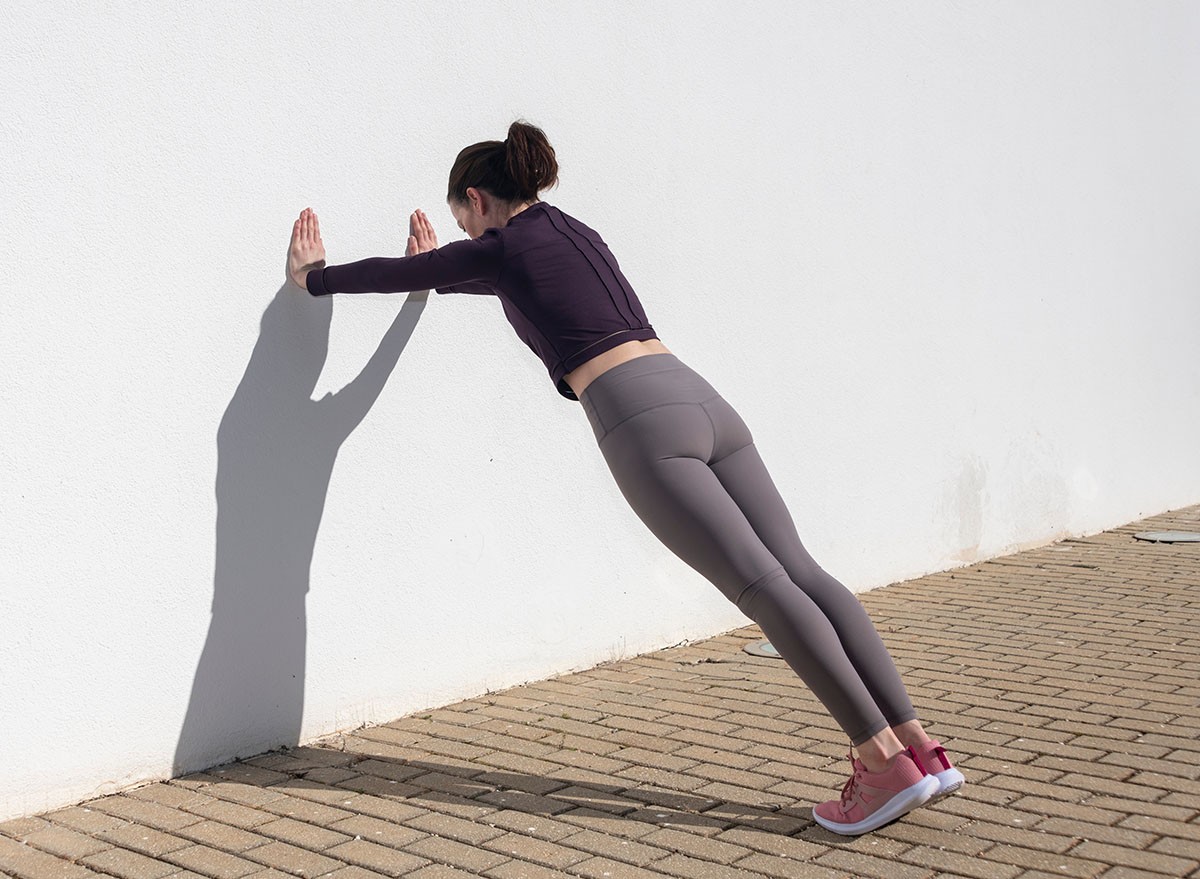
"You can perform the same move on a chair or coffee table to intensify!" she says.
- Stand about a foot from a wall, hands pressing against it.
- Push your body slightly away, engaging the chest and arms.
- Slowly return to start.
Reverse Lunge with Overhead Reach
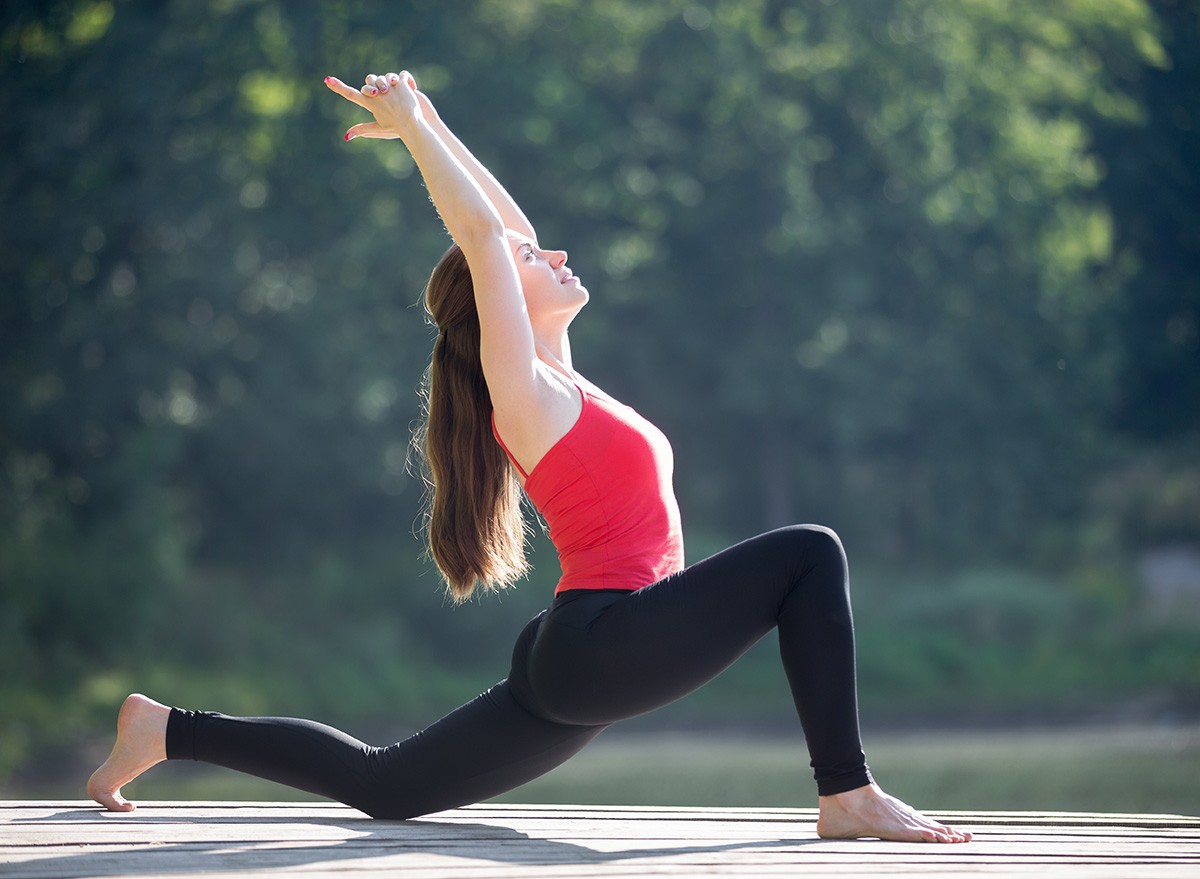
- Step one foot back into a lunge while reaching both arms overhead.
- Return to standing and switch legs (perform 1 side at a time).
Superwoman with Arm Pull-Back
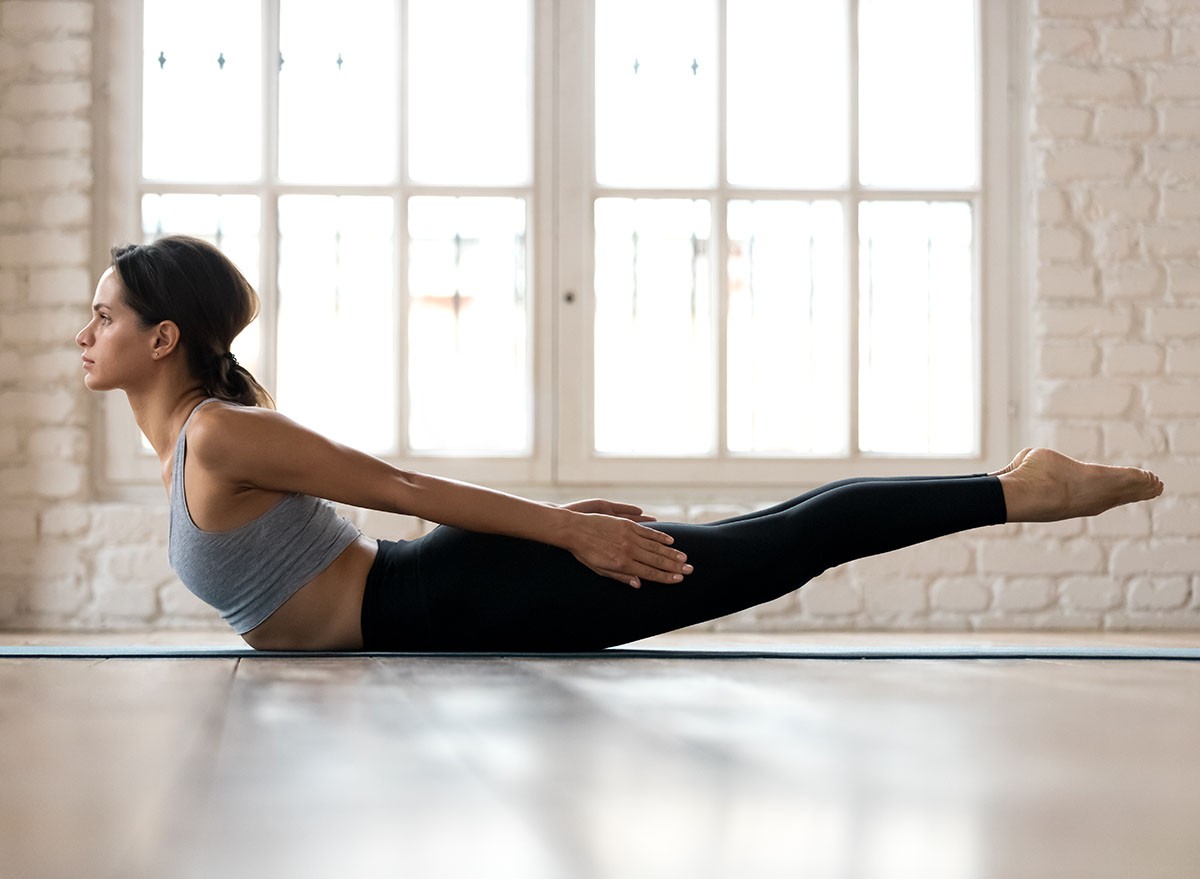
- Lie on your stomach, lift your chest and legs slightly by engaging your glutes.
- Extend arms forward, then pull them back like a row (keeping glutes engaged the whole time)
RELATED: Tone Sagging Arms in 2 Weeks With These 5 Exercises
Single-Leg Stand Hinge & Tap
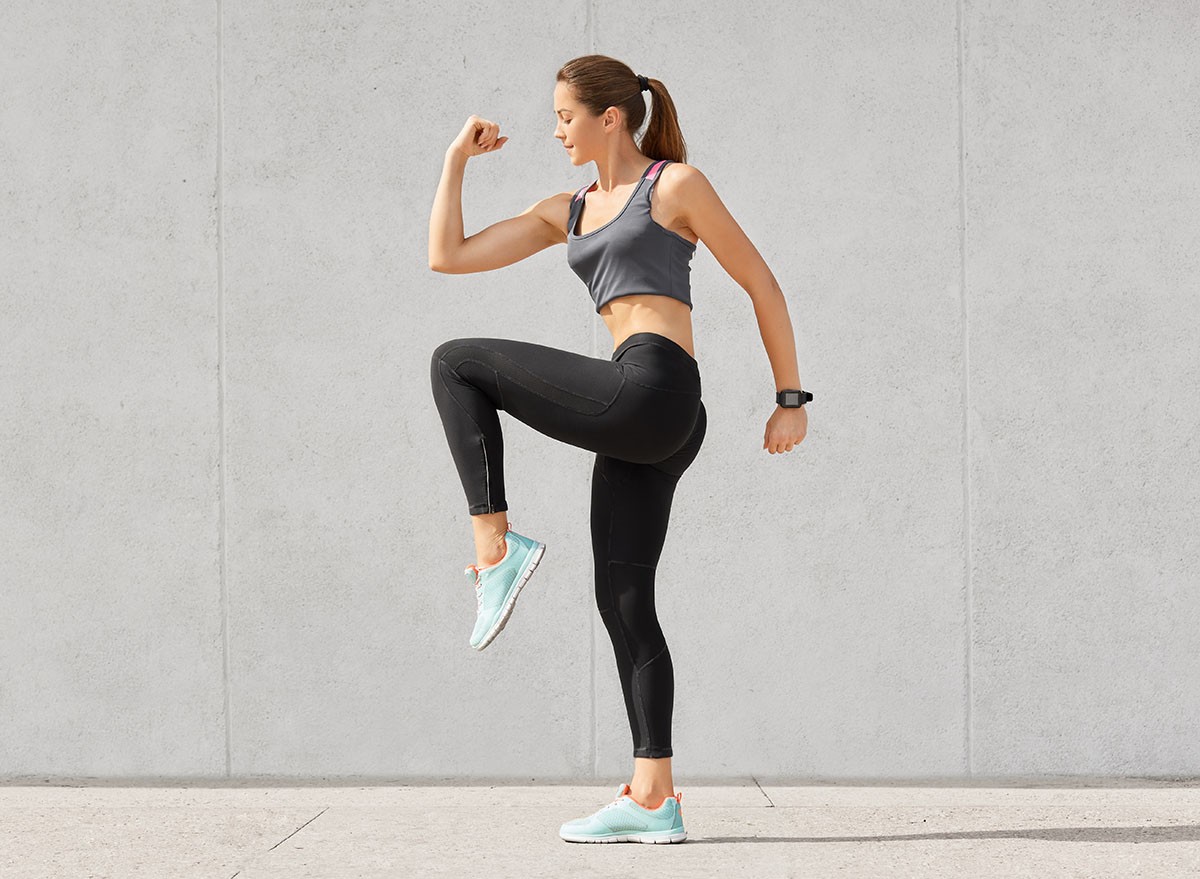
- Stand on one foot (slight bend in the knee), tap the other foot forward, side, and back.
- Switch legs.
Seated Core Twists
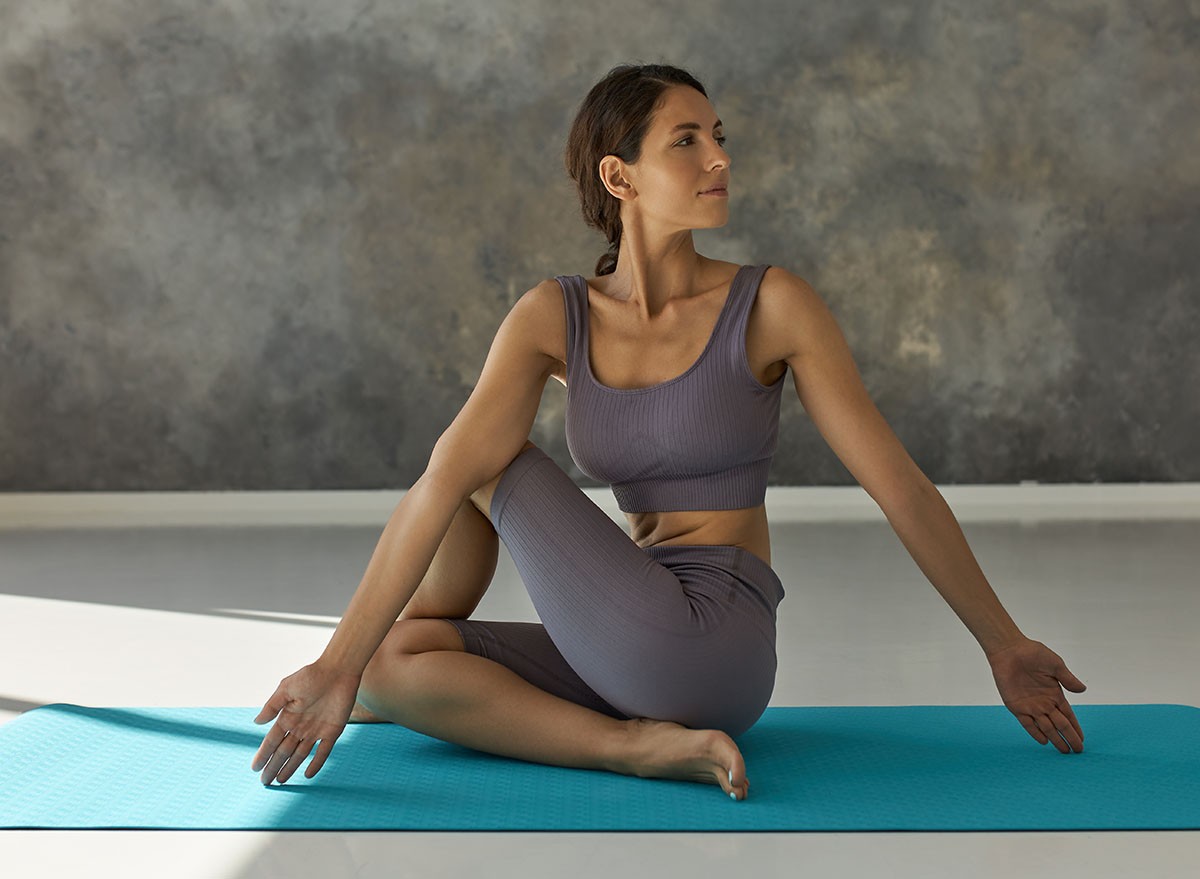
- Sit tall, feet flat.
- Twist your torso side to side, reaching each hand toward the opposite hip (squeeze your shoulder blades down and back the whole time and alternate sides).
Glute Bridge Walkouts
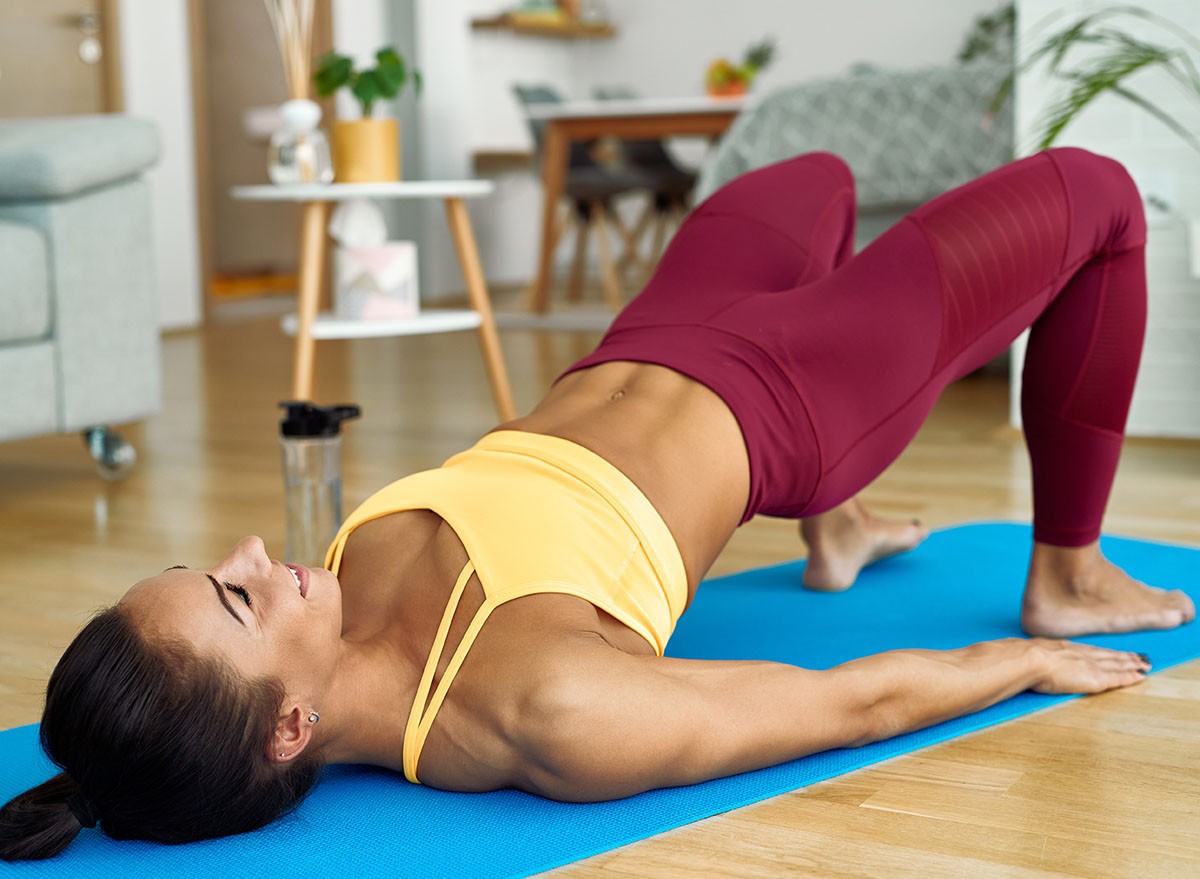
- Lie on your back, knees bent, hips lifted.
- Slowly walk your feet forward a few inches, then back (alternating legs).
RELATED: I Got My Best Body After 50 and Here's How You Can, Too
Quadruped Step Back to Plank Shoulder Taps
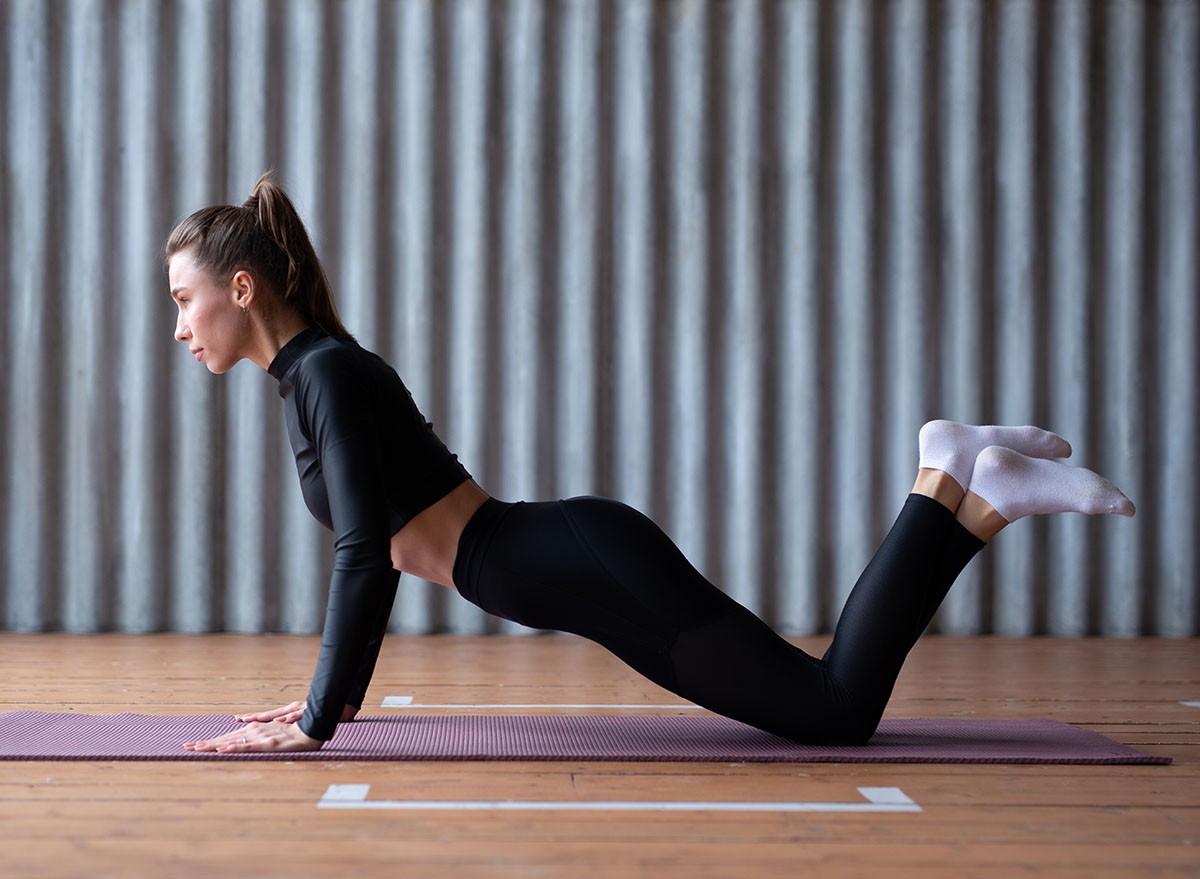
- Start on hands and knees, engage your core.
- Lift one hand to tap the opposite shoulder, alternating sides.
Side-Lying Hip Lifts
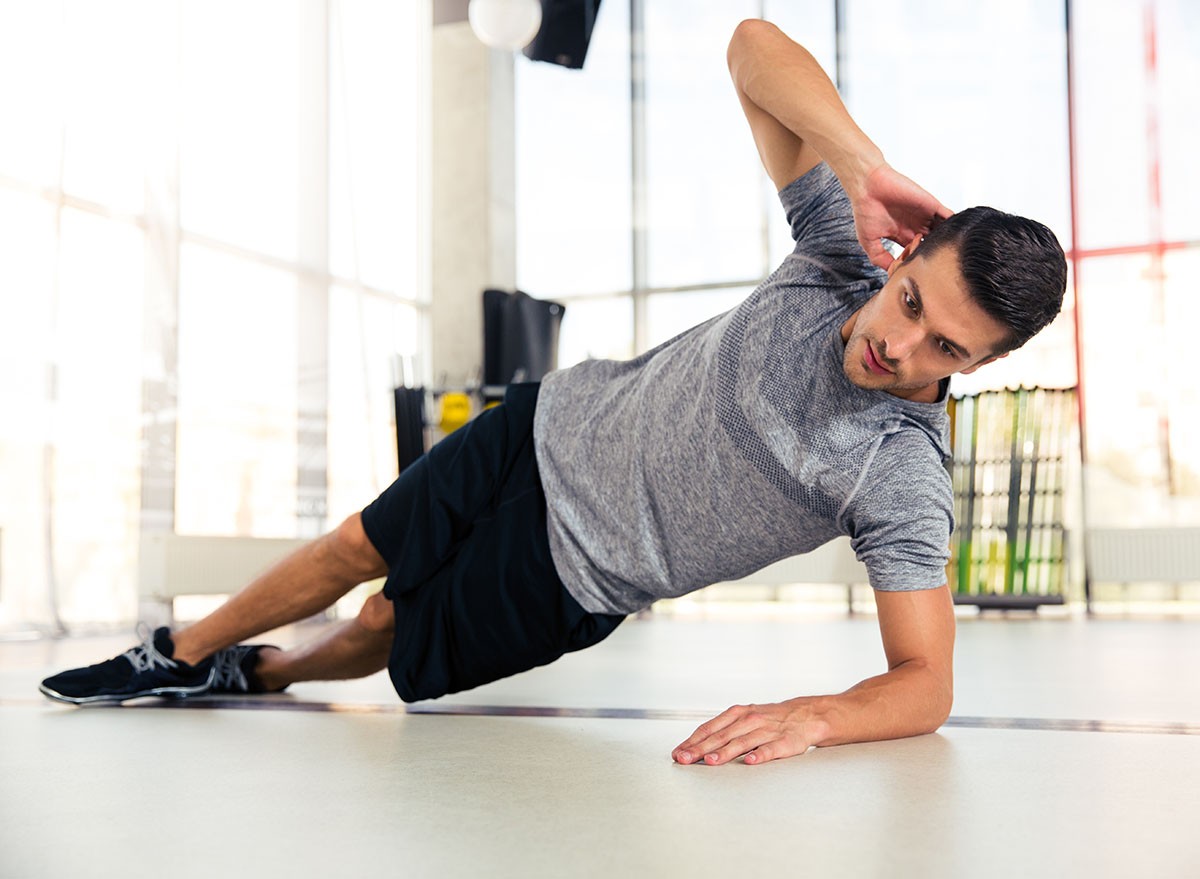
- Lie on your side, legs stacked.
- Lift hips slightly off the ground, then lower.
Cross-Body Elbow-to-Knee Drives Lateral Lunge
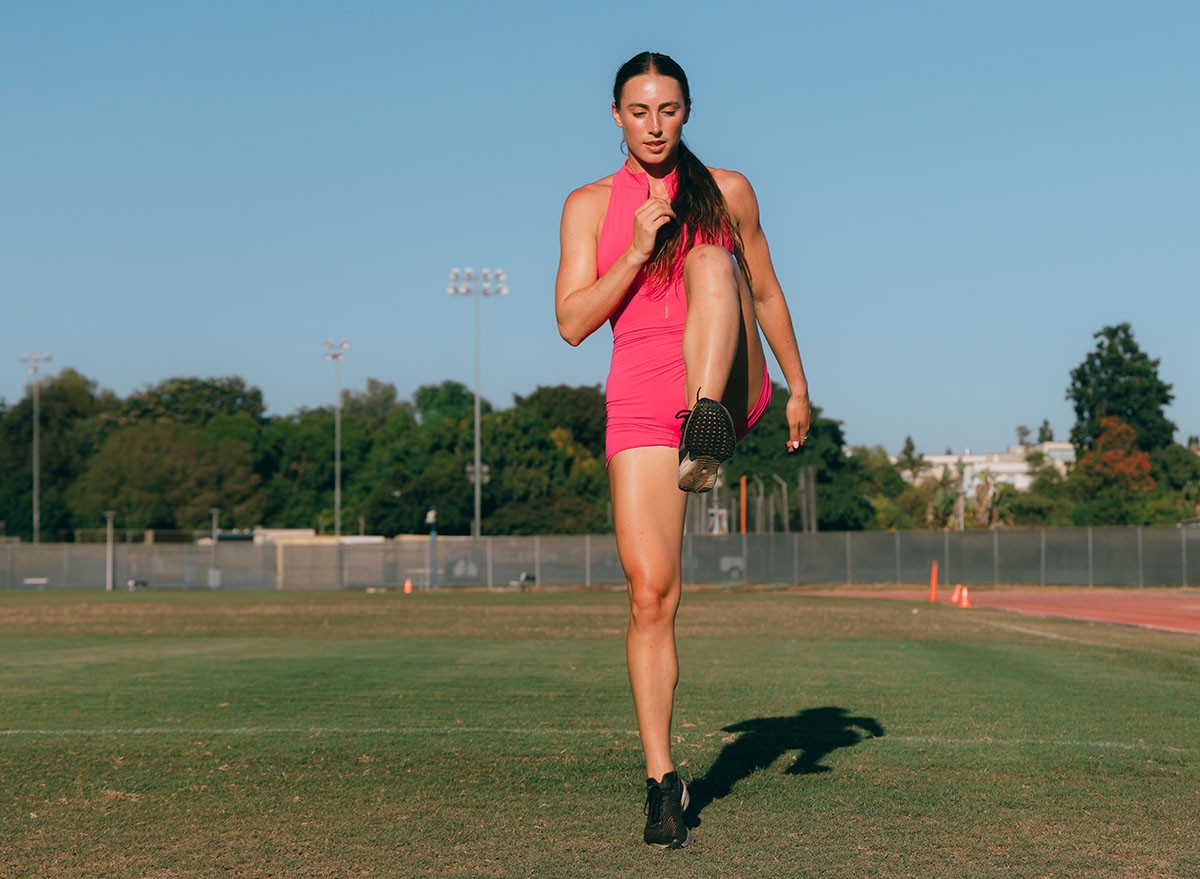
- Stand tall, lift one knee toward your chest.
- At the same time, bring the opposite elbow to tap the knee.
- Before stepping foot back down land in a lateral lunge then right back up elbow to knee
- Return to standing and switch sides.
And if you enjoyed this article, don't miss 12-3-30 Walking Method: 20 Proven Tips to Lose Weight Faster




